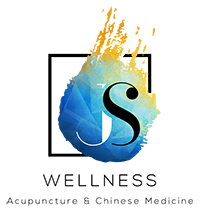Acupuncture
What is an acupuncturist? Is an acupuncturist a doctor?
An acupuncturist is a licensed medical professional by the state of which he or she practices. The title given to an acupuncturist is L.Ac. which stands for licensed acupuncturist. An acupuncturist is also certified through a national examining board called the National Certification Commission for Acupuncture and Oriental Medicine. Schooling includes a minimum of 3 years of study including over 600 hours of clinical training. An acupuncturist is not a medical doctor, however an acupuncturist is well trained to treat many different health problems.
How does acupuncture work and how is it effective?
Acupuncture works by freeing up energetic blockages within the body in order to restore a person’s well being and health. Pain and disease are experienced, according to Chinese medical theory, when there is a blockage in the body’s energetic pathway or meridian system. Very thin and solid stainless steel needles are inserted into various positions on the body to promote the free flow of energy, thereby eliminating pain or other symptoms associated with the patient’s imbalance.
Is acupuncture used to treat specific problems or is it used for general relaxation? What types of specific problems is acupuncture most helpful for?
Acupuncture can be used for both treating specific problems or disease as well as in promoting a person’s well being through relaxation. Acupuncture treatments are very relaxing and patients often rest very deeply or fall asleep during treatment. The World Health Organization recognizes a thorough list of ailments that research and clinical trials have proved acupuncture to be helpful for. Please click here to learn more. You can also visit the What We Treat tab on our site to learn more about how acupuncture can help you with your specific problems.
Does acupuncture hurt?
NO, acupuncture does not hurt. Acupuncture uses very thin, almost hair like, solid and sterile stainless steel needles. These painless needles are inserted very quickly through the skin to provide the patient with a comfortable and painless experience. Patients find an acupuncture session to be very relaxing and enjoyable.
Joseph Tonzola LAc, NCCAOM Chinese Herbal Medicine
Phone: 732-232-1679

